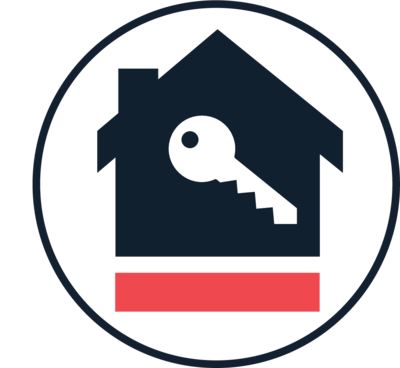Income-restricted housing
We understand that identifying affordable housing you qualify for and applying for it can be a challenge. We’ve compiled some information to help you navigate the affordable housing system.
What is income restricted housing?
Income-restricted housing is reserved for households earning below a certain income. Eligibility is based on your household size and total income.
The Department of Neighborhood Development lists income-restricted housing both for rent and for sale in Boston and the surrounding area:
Income Eligibility and Area Median Income
Eligibility will always be based on a percentage of area median income or AMI%.
What is AMI?The Area Median Income (AMI) is the household income for the median — or middle — household in a region. If you were to line up each household in the area from the poorest to the wealthiest, the household in the middle would be the median household. To determine a household’s AMI% we compare a household’s income to a percentage of the AMI.
Can you give me an example?Let’s say the area median income is $100,000. If a given household’s total income is $70,000 that would equal 70% AMI. If that same household’s income were $130,000 that would equal 130% AMI.
How is area median income determined?Each year, agencies that fund affordable housing, such as the Department of Housing and Urban development (HUD) and the Boston Planning and Development Agency (BPDA), calculate the average income for areas across the country. Once you’ve learned about your eligibility it will help you successfully search for affordable housing.
To determine your eligibility you need to know the following information:
- Your Personal income amount before taxes.
- The number of people, both adults and children, who permanently live in your household.
- The combined income of all permanent residents in your household before taxes (including your own). This complete information determines your eligibility.
You can enter some simple details into the Eligibility Estimator to help you determine what housing you’re likely to qualify for:
Applying for income-restricted housing
Most income-restricted homes are applied for through a housing lottery system.
Lotteries are the most common way that vacancies are filled, but applications can vary for different homes. Specific details about how to apply to any home listed on Metrolist can be found in that property's information.
- Request a housing lottery application: The first step is to fill out the short form to requesting the full housing lottery application. The form can be accessed in the building information for the property you’re applying for.
- Lottery Application: As soon as your request for a lottery application has been submitted online you’ll be immediately directed to the full lottery application. If the application time window has not yet opened you’ll be emailed a link to the application as soon as it becomes available. If you’re applying by mail it will be mailed to you as soon as it is available. Be careful not to submit more than one lottery application for any one building. Those who submit more than one application can be disqualified. The full application includes some of the same basic information as the pre-application, plus a variety of more detailed information including income specifics for your entire household.
- Application approval: After your lottery application has been successfully submitted you’ll be notified of the lottery date and time via email or mail, depending on how you applied. If the lottery agent finds problems with your application they will contact you and you’ll have the chance to edit your application. If your application has not been approved, you’ll be notified).
- Lottery Drawing: On the scheduled date and time the lottery drawing will take place and then you will receive your lottery number. The lottery drawing is open to the public. You can attend the drawing in person, or your number will be emailed to you within ten days after the lottery. If you’ve applied by mail it will be mailed to you.
- Ranking and sorting: You’ll now have your lottery number from the drawing but you’ll have yet to receive your final ranking on the waitlist. This is determined by the ranking and sorting process. Manually ranking and sorting applicants form the lottery is required due to certain applicant preferences applying to specific income-restricted homes.
- Selection: Applicants will then be selected from the list to view units in the building according to ranking. If you haven’t ranked high enough on the list to receive a unit initially you’ll then be entered onto the waitlist for a unit when they become available in the future.
- Final Screening and Certification: After you’ve been selected it’s time to submit your complete information in order to finalize your eligibility. You’ll be required to submit proof of income and proof of residency for your entire household. This can include tax statements, bank statements, pay statements and proof of assets.
Preferences and requirements
Preferences and requirementsAbout
There may be certain restrictions on who can legally occupy an income-restricted home. Check the application before you apply.
Requirements
Certain homes listed on Metrolist are reserved for applicants who meet certain specific criteria. The following is a complete list of all possible requirements that might apply to an income-restricted home.
- Military veteran
- First time homebuyer
- Certified artist
- Neighborhood diversity preservation policy
- Elderly
Preferences
Preferences refer to different legal status applicants may hold that will raise their ranking on the list of applicants. During the ranking and sorting phase of the housing lottery lottery agents combine the lottery numbers and the preferences to create the final rankings.
- Ability (physical, hearing, vision)
- Boston Resident
- First time homebuyer
- Artists
- Elderly
- Veteran


